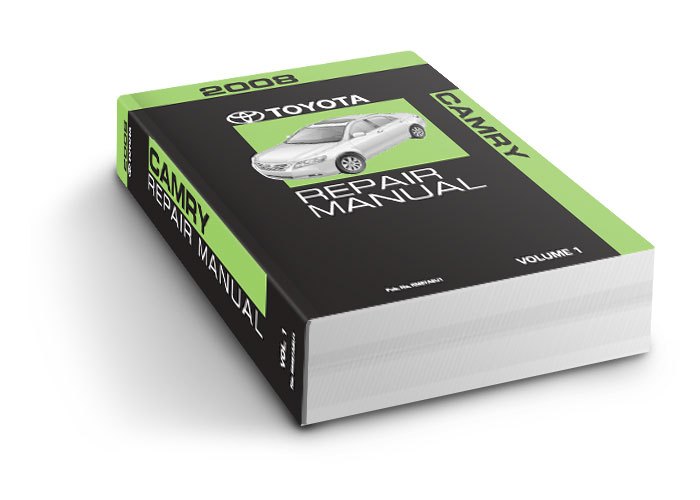Japanese Parts Paralysis: Tsunami Reaches U.S. Workshops

The first waves of the Japanese tsunami are reaching consumers at American shores. Oddly, some of the cars first affected may be the ones customers already have, not the ones they cannot buy. Toyota notified its dealers across the United States to prepare for a shortage of replacement parts, due to disruptions caused by the monster earthquake and tsunami in Japan, The Nikkei [sub] writes today.
Out of 300,000 “numbers”, as they call parts items in the vernacular, 233 are in short supply and have been “placed on controlled allocation,” as a Toyota U.S.A. statement says. Dealers are being asked to “refrain from placing any orders in excess of what is critically needed to support customer emergency need and true customer demand.”
The typical car dealer emulates the factory: He orders just in time. When a part is needed, the part is ordered. Parts inventories at dealers are for all intents and purposes a thing of the past.
What items are short is a closely guarded secret.
The Nikkei writes it could be “steeling wheel covers” (not a racist slur, they really wrote that), suspension parts and air bags.
Automotive News [sub] says “the initial list of short-supply spare parts mostly involves body panel and pillar subassemblies and shock absorbers.”
The Wall Street Journal heard that “parts affected include shock absorbers, radiator supports, fender components, tail gate hinges and oil seals.”
There is something for everyone. All publications concur on one message: Toyota told its dealers that “both the number of parts affected, and the length of interruption may increase.”
Where I came from, the folks at Volkswagen’s parts HQ in Kassel were pounding their chests if they had a fill rate better than 98 percent. 233 out of 300,000 is a (mathematical) fill rate of 99.92 percent, usually cause for self-congratulatory memos to upper management, not for warnings to dealers. It’s a good guess that these are only the first ripples of a big wave of parts outages.
At Toyota HQ in Japan, they have no comment on the situation on U.S. parts shelves, but the reiterate again that they currently have problems with about 500 items. In the complicated algebra of parts supply, 500 items missing in current production have a much greater impact than 233 replacement parts spread over generations of older cars. Can’t make a car by calling NAPA.

Bertel Schmitt comes back to journalism after taking a 35 year break in advertising and marketing. He ran and owned advertising agencies in Duesseldorf, Germany, and New York City. Volkswagen A.G. was Bertel's most important corporate account. Schmitt's advertising and marketing career touched many corners of the industry with a special focus on automotive products and services. Since 2004, he lives in Japan and China with his wife <a href="http://www.tomokoandbertel.com"> Tomoko </a>. Bertel Schmitt is a founding board member of the <a href="http://www.offshoresuperseries.com"> Offshore Super Series </a>, an American offshore powerboat racing organization. He is co-owner of the racing team Typhoon.
More by Bertel Schmitt
Latest Car Reviews
Read moreLatest Product Reviews
Read moreRecent Comments
- Urlik Multi level parking garages are going to be issues as well.
- Dartman Nice job Healy! A genuine “truth about cars” instead of troll bait.
- Charlie Oh by the way the steering is so rusted that it actually is loose, and the transmission makes strange whirring and scraping sounds. The car is falling apart from rust.
- Charlie 78 for my ‘09 Mercury mariner. It has 850k miles on it and leaks oil. It has 9 scratches, deformed bodywork, and severely rusted frame and suspension. When you stand on the duct taped rear bumper, the suspension creaks loudly. Also it has a loud vibration and rod knock, and the driver rear window is falling out. Ps. Don’t they normally have a roof rack and display screen? Cause mine doesn’t.
- Honda1 More disposable junk from Hyundai.


































Comments
Join the conversation
The formula for the fill rate is not correct in assuming 99.92%. Fill rates are based upon actual orders and not supply of total amounts of parts. If those 233 items are not ordered often, this means it shouldn't be a big deal, but if the parts are more common items, such as brake pads, spark plugs, or other wear items, it could be a big problem.